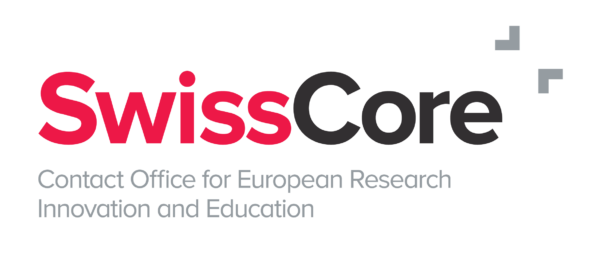A report of the European Commission shows the strong focus of EU research and innovation activities in 2021 on tackling and mitigating the COVID-19-pandemic.
On 5 August 2022, the European Commission (EC) published an Annual Report on `Research and Technological Development Activities of the European Union and Monitoring of Horizon Europe and Horizon 2020’.
An important focus of the research and innovation (R&I) activities in 2021 was to tackle and mitigate the COVID-19-pandemic. The EC invested in R&I for vaccines and treatments and launched the Health Emergency Preparedness and Response Authority (HERA) in September 2021 (see SwissCore article). HERA builds on the HERA Incubator, which was launched in February 2021 with the aim to tackle new variants of COVID-19 (see SwissCore article). Besides, in May 2021, the EU strategy on COVID-19 therapeutics was published. The European COVID-19 data platform hosted by the European Open Science Cloud has continued to grow since it was launched in 2020. The EU COVID-19 manifesto for EU COVID-19 Research, with the aim to maximise the accessibility of research results, has up to date more than 2’525 signatories (650 organisations and more than 1’875 individuals), including the World Health Organisation. Furthermore, in February 2021, the EU established the Recovery and Resilience Facility (RRF) under the NextGenerationEU recovery plan to mitigate the effects of the COVID-19 pandemic on the societies and economies of Europe (see SwissCore article).
Beyond the response to the COVID-19 pandemic, a key priority of the EU for 2021-2027 is strengthening the green and digital transitions, in which R&I plays an essential role. In June 2021, the European Climate Law entered into force with legally binding targets to achieve net zero greenhouse gas emissions by 2050 and reduce emissions by at least 55% by 2030. Furthermore, the Commission also highlights in its Annual Report how Horizon 2020 and Horizon Europe supported industrial policies, security and space, partnerships with Member States and international cooperation. The latter include, among others, the ongoing work on the EU-China joint roadmap for future science, technology and innovation, the endorsement of the EU-Community of Latin American and Caribbean States (CELAC) strategic roadmap, and the EU-US Summit that was organised in June 2021.
The Annual Report provides also an overview of the new instruments in Horizon Europe, namely, the European Innovation Council, the European Partnerships (see SwissCore article) and the European Missions (see SwissCore article).
While in the first part of 2021, Horizon Europe entered into force with a budget of €95.5 billion, and the first work programmes and calls for proposals were published, projects under Horizon 2020 continued. Horizon 2020 had an overall success rate of eligible proposals of 11.9% in seven years. Among the 41’200 beneficiaries, higher education organisations (39.2% of all recipients) continue to be the largest group of recipients, followed by the private sector (28.2%). Finally, more than 151’000 peer-reviewed publications, 2’600 patent applications and 1’168 patent awards resulted of Horizon 2020 so far. More detailed monitoring data can be found on the Horizon Dashboard. Additionally, other tools can be consulted, including CORDIS, the Horizon Results Platform, and the Horizon Results Booster.

